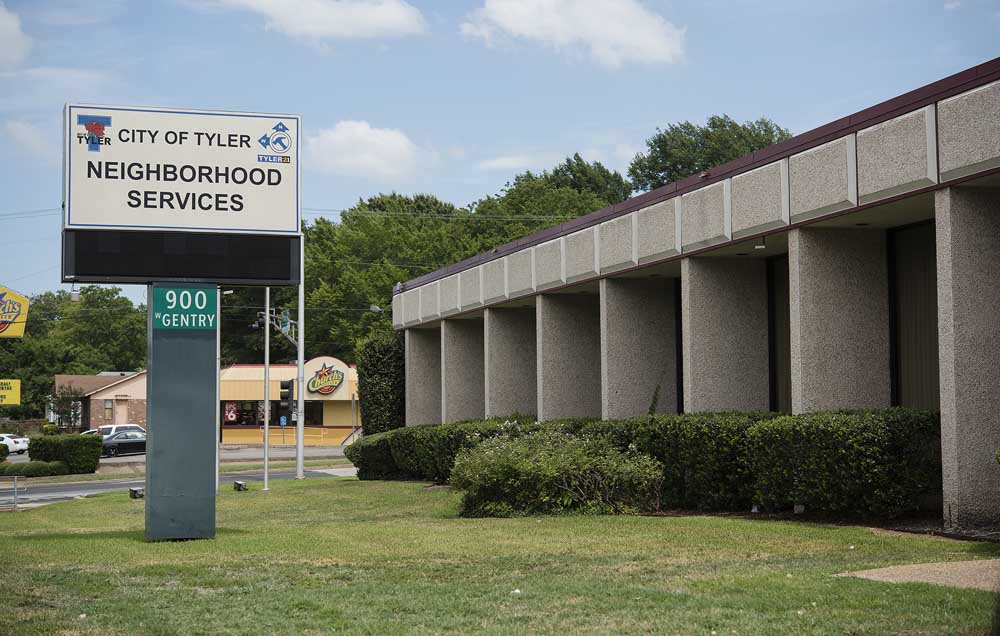Dealing with pesky summer grasshoppers
Published 9:44 pm Saturday, July 13, 2013
Grasshoppers are once again causing damage to lawns and pastures around East Texas. While there are more than 150 species of grasshoppers in Texas, more than 90 percent of the damage caused by grasshoppers is caused by only five species.
The five grasshopper species causing this damage are the differential, red-legged, migratory, two-striped, and packard grasshoppers. There is a sixth species, lubber grasshopper, which causes damage but not as much as the previously mentioned ones.
Grasshoppers cause damage every year, but the main factor affecting grasshopper populations is weather. Outbreaks or exceptionally large populations are usually during several years of hot, dry summers and warm autumns. Dry weather increases the survivability of the nymph and adult grasshopper.
Grasshoppers have a high reproductive capacity. The female can lay an average of 200 eggs per season and sometimes as many as 400 eggs. Grasshoppers deposit their eggs beneath the soil surface one half to two inches deep. These egg pods are very resistant to moisture and cold temperatures.
Young grasshoppers are called nymphs. They look just like their adult counterparts, just smaller. Nymphs go through five or six developmental stages before becoming an adult grasshopper. These stages usually take 40 to 60 days. Weather, food supply, and other factors can affect the development of these grasshoppers into adults.
Farmers and ranchers need to examine fields in the spring to determine whether control is deemed necessary. Treating grasshoppers’ early means farmers will have to treat fewer acres, reducing the population before they can cause significant damage, and controlling them before they begin to fly and lay eggs.
Also, smaller grasshoppers are easier to control than adult grasshoppers. The amount of economic damage caused can help determine control measures. When adult grasshoppers begin to fly, they are more difficult to control.
Weed control can help to reduce grasshopper numbers. Eliminating weeds will starve young hoppers and later discourage adults from laying eggs in the area. One downside to destroying weed infestations with large numbers of grasshoppers can force the hungry grasshoppers to move to nearby crops or landscapes. Control large numbers of grasshoppers first or be ready to protect nearby crops and landscapes if they become infested.
While it takes 40 to 60 days from egg to adult grasshoppers, eggs of various species of grasshoppers hatch at different times. This can lead to a number of grasshoppers causing damage all the way up until a first killing frost in the fall of the year.
So should I control the grasshoppers in my lawn or pasture? It will depend on the economic damage they are causing and the number of grasshoppers present. Are the plants being damaged of economic value to you? Are you relying on the grass for livestock and hay production? These are factors to consider when deciding to control grasshopper populations around your property.
There are numerous products labeled to control grasshoppers. Always read and follow all label instructions when using pesticides to control grasshoppers or other pests. Products labeled for grasshopper control in pastures and hayfields include the following active ingredients rynaxypyr, zeta-cypermethrin, lambda-cyhalothrin, cyfluthrin, difulbenzuron, carbaryl, and malathion to name a few.
Be sure to adhere to the label guidelines as each product as the guidelines may vary from product to product. Each manager will need to decide which control method they will use depending on how bad the infestation is on their property.
Extension programs serve people of all ages regardless of socioeconomic level, race, color, sex, religion, disability, or national origin.






